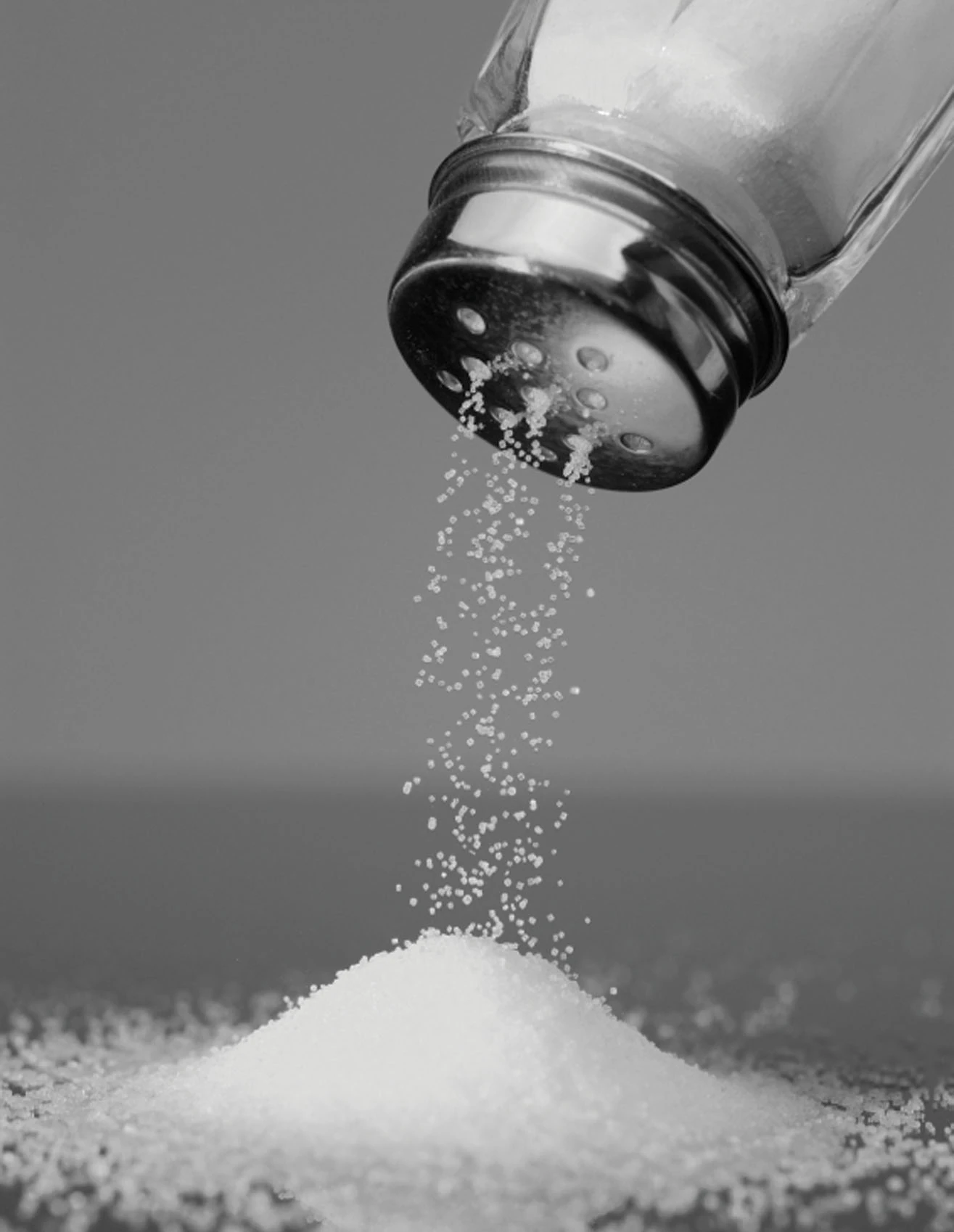Micronized Salt Market Analysis Highlights Industry Shifts Across Food, Pharma, and Chemical Sectors

The micronized salt market is undergoing a notable transformation driven by the increasing need for high-purity, fine-grade salt across a broad spectrum of industries. Known for its ultra-fine particle size and exceptional solubility, micronized salt plays a critical role in food production, pharmaceuticals, chemical processing, and industrial manufacturing. A detailed analysis of the market reveals various dynamics, including supply chain shifts, end-user trends, and technological innovations that continue to shape its development.
Market Overview and Composition
Micronized salt, a specialized segment of the broader salt industry, is characterized by finely ground particles, often used in applications where uniformity, texture, and solubility are vital. While traditional salt is broadly used for general consumption, micronized salt serves more technical and regulated applications. The market is segmented based on application (food, pharmaceutical, industrial), distribution channels, and geography. Growth across all these segments reflects the product’s versatility and rising global relevance.
Food Sector Driving Steady Consumption
One of the most prominent areas of demand stems from the processed food and bakery industries. Micronized salt ensures consistent flavoring, even distribution, and prevents clumping, which is critical in large-scale food processing. It is commonly used in snacks, seasoning mixes, and ready-to-eat meals, where precision and quality control are essential. With urbanization and a rising appetite for convenience foods, especially in emerging economies, the food sector remains a reliable growth engine for micronized salt producers.
Moreover, the clean-label movement and consumer preference for high-quality ingredients are prompting food manufacturers to opt for refined salt forms like micronized salt. As food regulations tighten and quality benchmarks rise, demand for this specialized salt continues to rise steadily.
Pharmaceutical Applications Fueling Premium Grade Demand
The pharmaceutical industry represents another major contributor to micronized salt consumption. Here, purity and consistency are non-negotiable. Micronized salt is extensively used in formulations for tablets, oral rehydration salts (ORS), and injectable solutions. Its ability to dissolve quickly and meet stringent pharmacological standards makes it indispensable in medical formulations.
As global access to healthcare improves and pharmaceutical manufacturing increases, particularly in Asia-Pacific and Latin America, the demand for micronized salt is expected to escalate. The surge in over-the-counter (OTC) products and wellness supplements also adds to this growing market segment.
Industrial and Chemical Utilization Expanding Scope
The industrial segment, encompassing chemicals, water treatment, textiles, and detergents, also benefits significantly from the properties of micronized salt. In chemical processes, the uniformity of fine particles enables predictable reactions and improved product outcomes. Furthermore, in water treatment plants, micronized salt is used for softening and purification, reinforcing its role in sustainability-driven sectors.
Increased industrialization in developing countries and investments in chemical manufacturing capacity are pushing demand for technical-grade salts. As new applications emerge and process efficiencies become more critical, micronized salt’s importance in these sectors is further cemented.
Regional Analysis and Global Trends
From a regional perspective, North America and Europe currently dominate the market in terms of volume and value. These regions have established pharmaceutical and food processing industries that demand high-quality micronized salt. Meanwhile, Asia-Pacific is rapidly becoming a key growth hub due to expanding manufacturing bases, changing dietary patterns, and rising urban populations.
Countries like India, China, and Indonesia are witnessing increased investments in packaged food production and pharmaceutical R&D, making them crucial players in the future of the micronized salt industry. The Middle East and Africa, while still developing, are also contributing through their growing industrial and food-processing activities.
Technological Advancements and Sustainability Efforts
Recent innovations in salt purification, grinding, and packaging technologies have significantly improved the quality and output of micronized salt. Automated production lines and advanced filtration systems enable manufacturers to deliver consistent and customizable salt grades for various applications.
Simultaneously, there's a growing emphasis on eco-friendly and energy-efficient production practices. Many manufacturers are adopting sustainable mining techniques and closed-loop systems to minimize environmental impact while ensuring high standards of product safety and compliance.
Challenges and Market Constraints
Despite positive momentum, the micronized salt market faces a few challenges. Price volatility of raw salt due to weather disruptions, mining limitations, and logistical hurdles can impact production stability. In addition, high processing and purification costs may pose profitability challenges for small-scale manufacturers.
Regulatory compliance, especially in food and pharmaceutical applications, also demands continuous investment in quality control and certification processes. Nevertheless, these challenges are often met with strategic partnerships, mergers, and technological investments that help market players remain competitive.
Conclusion
The micronized salt market is experiencing consistent growth driven by diversified applications across food, pharma, and industrial sectors. A comprehensive analysis highlights the importance of innovation, regional demand shifts, and quality compliance in shaping the market's future. As industries prioritize precision and purity, the role of micronized salt will only become more critical in delivering reliable and high-performance solutions worldwide.
- Art
- Causes
- Crafts
- Dance
- Drinks
- Film
- Fitness
- Food
- Games
- Gardening
- Health
- Home
- Literature
- Music
- Networking
- Other
- Party
- Religion
- Shopping
- Sports
- Theater
- Wellness


